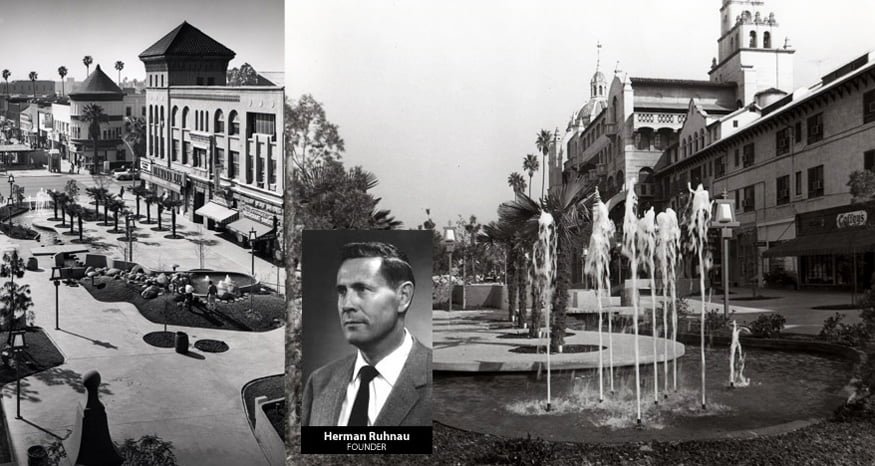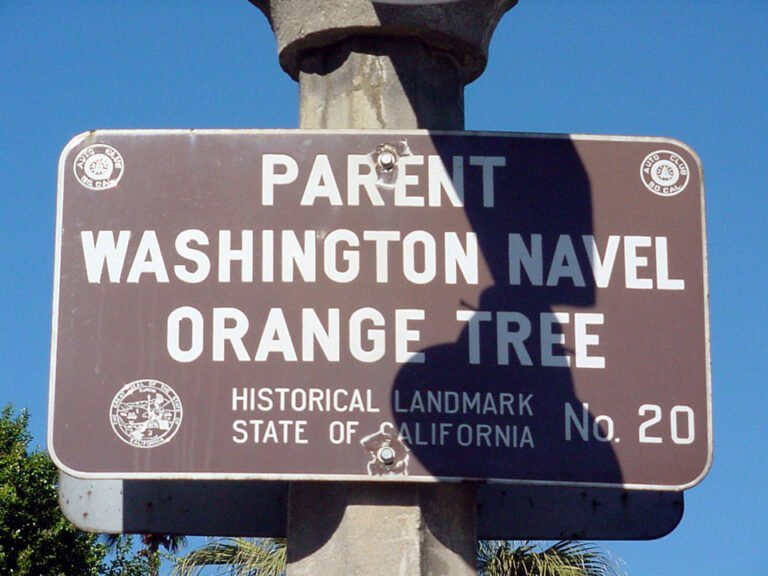Herman Ruhnau, AIA
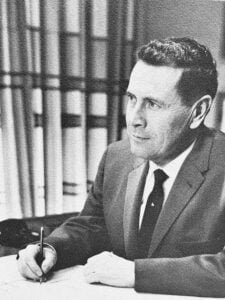
Last month, one of Southern California’s notable post-war architects, Herman Otto Ruhnau, passed away at the age of 93 in Riverside, a city in which he left a distinctive architectural legacy.
A German by descent, Ruhnau was born September 1, 1912, in Santa Barbara, California. Ruhnau would eventually move with his family to Pasadena before permanently relocating to Riverside when he was a senior in high school. Afterward, he would study architecture at USC.
For several years beginning in the early 1930s, Ruhnau practiced engineering, designing, and architecture in the Riverside area. At times working alone while in other instances teaming up with others, Ruhnau’s commissions included most anything — from individual homes to public and commercial buildings. Some of these works included the Arlington Municipal Building (1938) on Magnolia Avenue and the Alpha Beta Super Ranch Market (1939) on Market Street, both completed under the firm Ruhnau & Saunders (a partnership with Kenneth M. Saunders/Sanders).
Around the time of the attack on Peal Harbor, Ruhnau began serving as an architect for the US Navy during World War II, where he was involved with Navy projects in nearby Norco, and later, at Terminal Island near Long Beach.
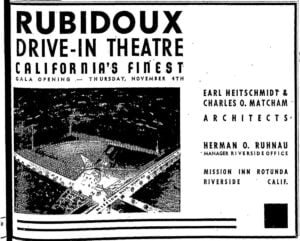
Following the war, Ruhnau again began working on local projects in the Riverside area. And beginning in 1946 until sometime in 1950, Ruhnau was primarily working as the local representative/manager in the Riverside office for Los Angeles-based Heitschmidt & Matcham, Architects. This association worked on many area schools, including ones in Riverside, Corona, Norco, and Rubidoux. Among other projects, the firm was also involved in designing Rubidoux Drive-In theater (1948).
Not long after, Ruhnau would form his own architectural firm.
In about 1950, Riverside architect Herman Ruhnau saw that all the large buildings going up in Riverside were being designed by architectural firms in Los Angeles.
“I suddenly woke up to that fact,” he says, “and decided to go all out and show my old friends in town that we had the capability to do the bigger jobs.”
Since then, Ruhnau’s firm of Ruhnau, Evans, and Steinmann has designed the lion’s share of large buildings, public and commercial, in the city.
Riverside Press-Enterprise – September 8, 1972
About the time Ruhnau founded his Riverside-based architectural firm in 1950, he was unofficially proclaimed as the “regular County architect” for Riverside County on account of the many County projects in which he was involved. His firm soon became known as Ruhnau, Evans, & Steinmann (with partners Arthur Evans and Kurt Steinmann; later iterations would change the name some, with today’s firm known as Ruhnau Clarke Architects). Among the buildings designed by Ruhnau’s firm are two of the city’s most prominent buildings: Riverside City Hall (1975) and Riverside County Administrative Center (1975).
In a 1984 article in the Riverside Press-Enterprise, Ruhnau talked about how the original exterior design for Riverside’s City Hall was changed to a much more unique design with low-slung arches:
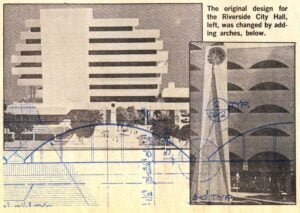
When architect Herman Ruhnau was commissioned to design a new City Hall for Riverside in the early 1970s, his initial vision was of a sleek white concrete and recessed-glass building whose six-stories rose like alternating layers of vanilla cake with chocolate filling.
“Then we heard the cry: ‘We want arches.'”
Riverside Press-Enterprise – April 1, 1984
In regards to the Riverside County Administrative Center, Ruhnau had this to say (also in 1984):
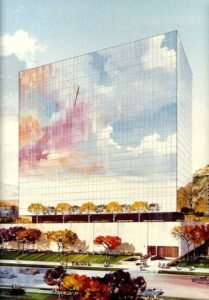
According to Ruhnau … the initial plans drafted in the mid-1960s called for an eight- to 10-story concrete and steel vertically striped tower on a solid two-story concrete base.
The first phase, the concrete base — it looks like a bunker precisely because it was designed and built to withstand nuclear fallout and blast — was completed in the late 1960s … But before the tower could be erected a few years later, Ruhnau says county officials asked for an additional two or three stories.
“We had only designed the foundation to hold 10 stories,” he explains, “and the only way we could add the extra space was to redo the foundation, which was impossible, or to find some light building material that the foundation could hold.”
Mirrored glass became the answer.
Riverside Press-Enterprise – April 1, 1984
Ruhnau’s firm specialized in public buildings and also built numerous schools throughout Inland Southern California, including Norte Vista High School (1961) and La Sierra High School (1969), both in Riverside. Ruhnau also designed the city’s Marcy Branch Library (1958), Riverside Police Department building (1965), and Riverside Community Hospital expansion (1966 — the hospital’s first tower building). (2024 Update: In 2011, the Marcy Branch Library moved to 6927 Magnolia Avenue, about a mile form it’s former location at 3711 Central Avenue near the Riverside Plaza. The original Ruhnau designed Marcy library on Central Avenue still stands today — with some apparent minor modifications — and until recently, served as a animal rescue thrift store.)
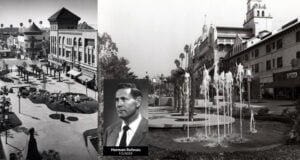
Probably the most unique feature designed by the firm for Riverside that remains today is the downtown Main Street pedestrian mall (1966). Designed in response to the suburban exodus of retailers for large shopping malls — including Riverside Plaza (1956) — Riverside’s pedestrian mall is making a comeback today as both residents, retailers, and businesses alike rediscover its uniqueness and charm in the heart of downtown Riverside.
The non-vehicular, park-like mall stretches for 4 city blocks (Sixth to Tenth streets). Major anchors along the mall include the Mission Inn, California Tower, UCR/CMP, UCR/Culver Arts Center, and the aforementioned City Hall at the mall’s southern end. The Riverside Marriott and Riverside Convention Center stand one block from the mall’s Sixth Street terminus and essentially anchor the mall’s northern end.
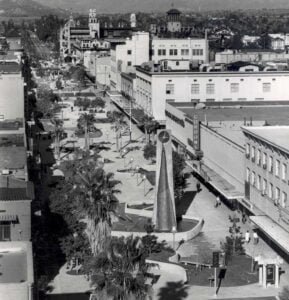
Although a number of similar pedestrian malls were created as a response to suburban growth that deserted many downtowns in the post-war years, only a handful remain intact today — something residents and city leaders alike should remember when major changes are proposed (so as to not overly destroy or remove portions of the increasingly unique mall). (2024 Update: Downtown Riverside’s pedestrian mall was updated and renovated in 2008/2009. Though the mall itself remains intact, the renovation removed the majority of the 1960s-era designs by Ruhnau’s firm. The only tangible remnant is the 45-foot-tall clock tower fountain adjacent to City Hall on Tenth Street. Two major additions along the pedestrian mall in more recent years are the Imperial Hardware Lofts (2018) and Main+Nine (2019) mixed-use residential buildings.)
In 1974, Ruhnau was inducted into the College of Fellows of the American Institute of Architects (AIA). He received a lifetime achievement award from the Inland Chapter of the AIA in April 2006.
“I don’t think a good architect is ever satisfied. If I knew then what I know now …”
“All I hope is that I’m designing a building for everyone, rather than a monument. I think that’s what architecture is, for everyone.”
Riverside Press-Enterprise – September 8, 1972
Related
- Riverside Press-Enterprise – Architect Herman Ruhnau dies at 93 (June 13)
- Los Angeles Times – Herman Ruhnau, 93; Architect Designed Riverside City Hall (June 17)
- Ruhnau Clarke Architects
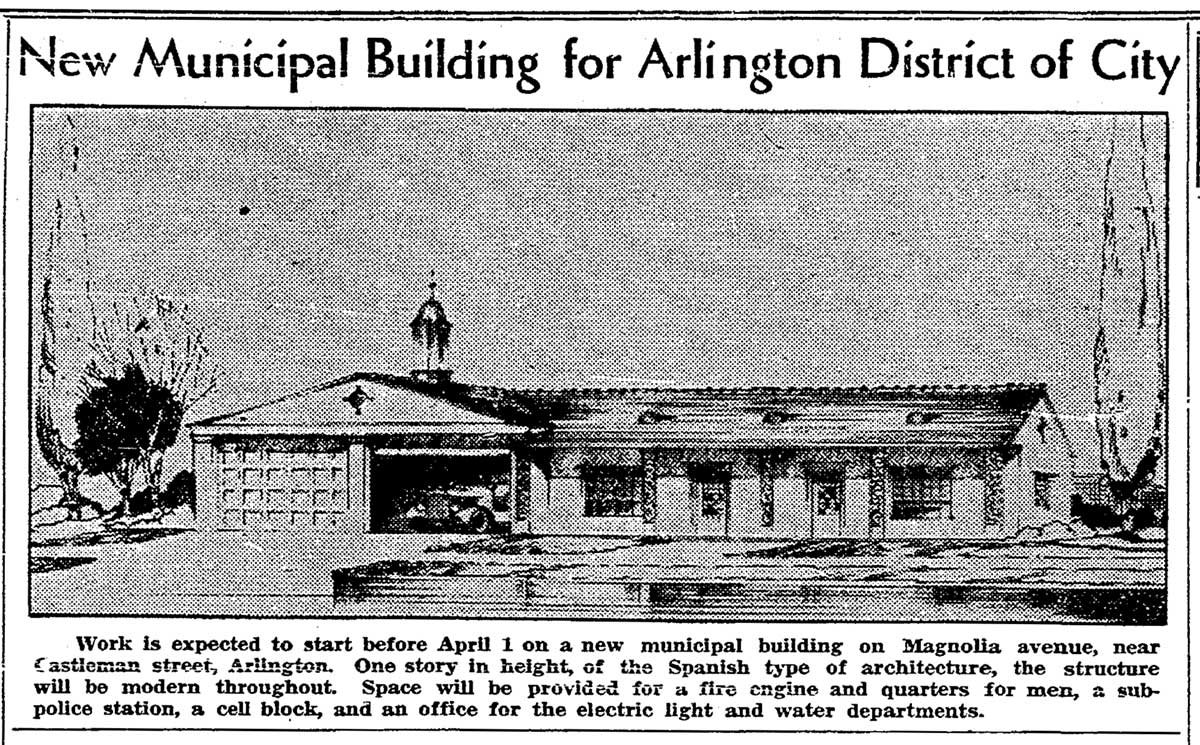
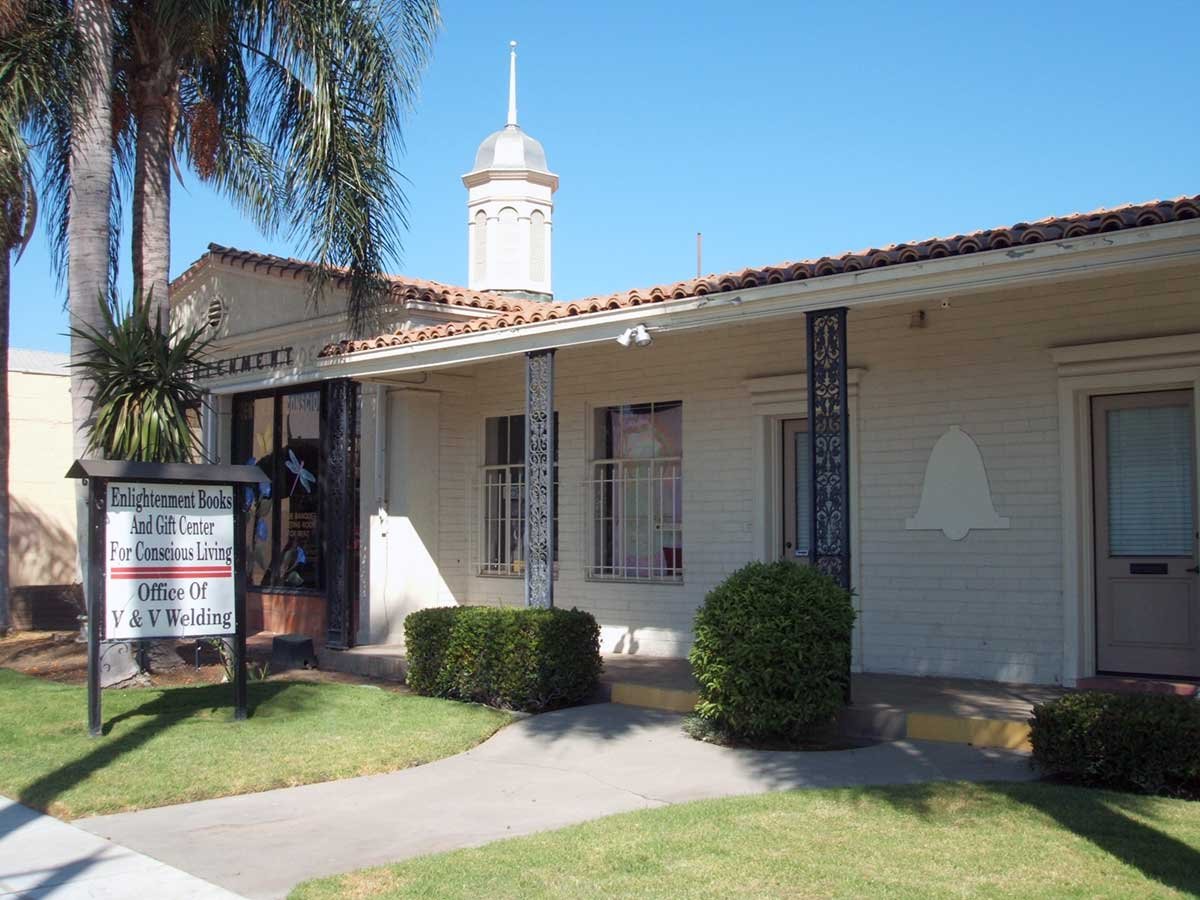

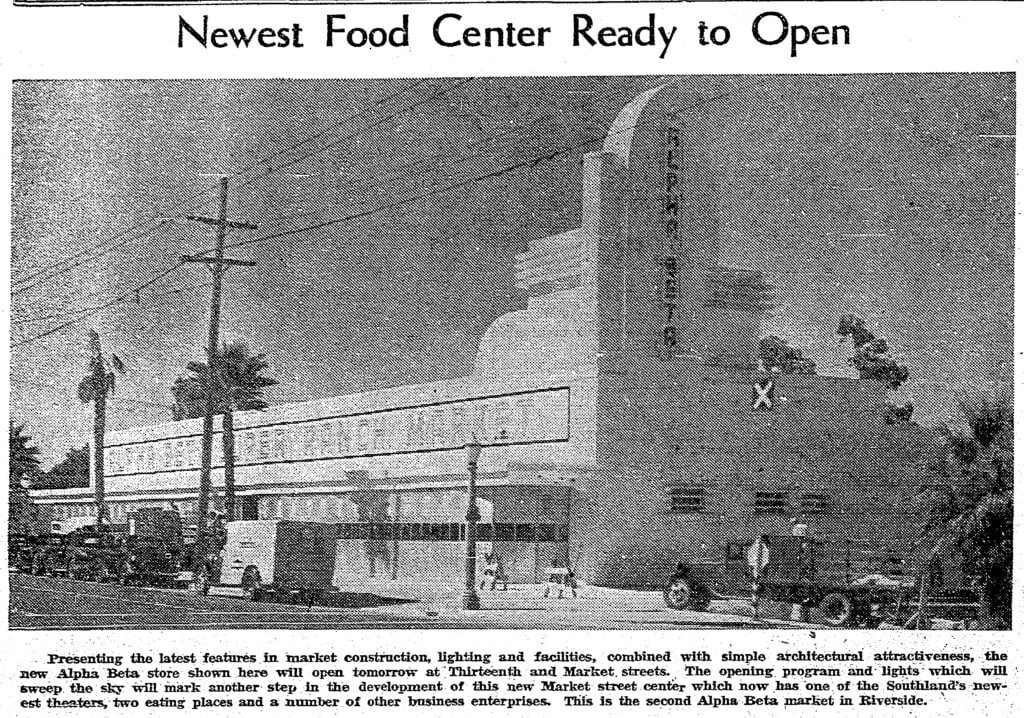
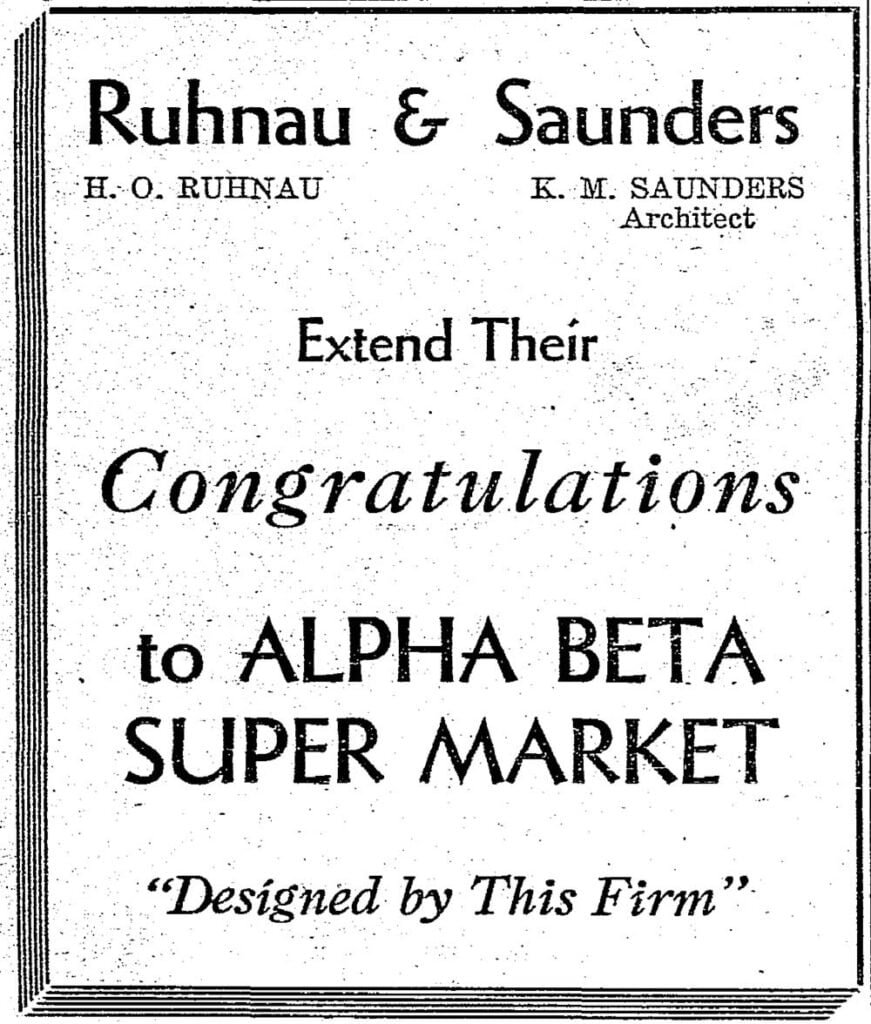
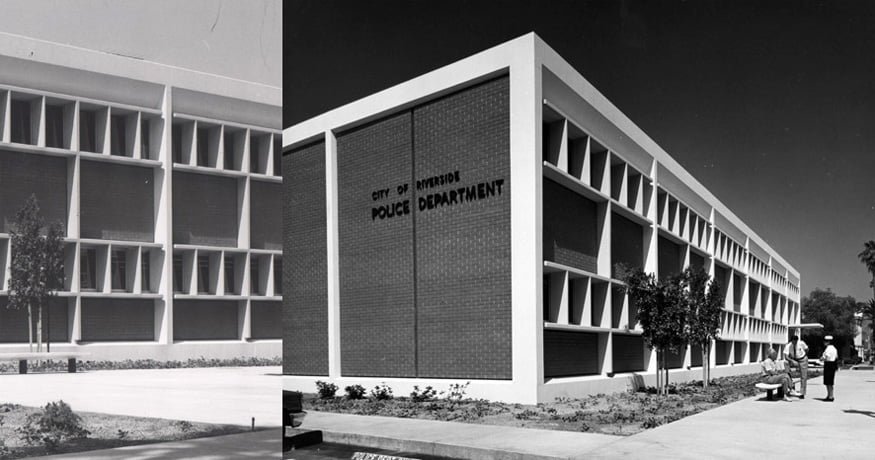
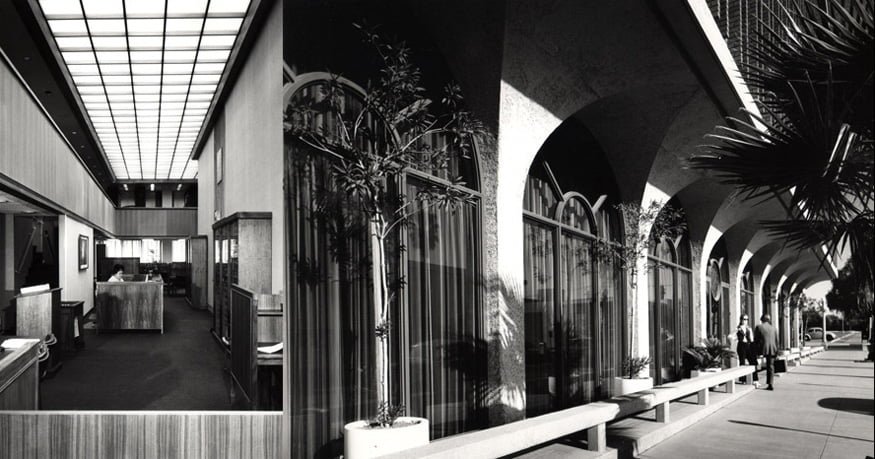
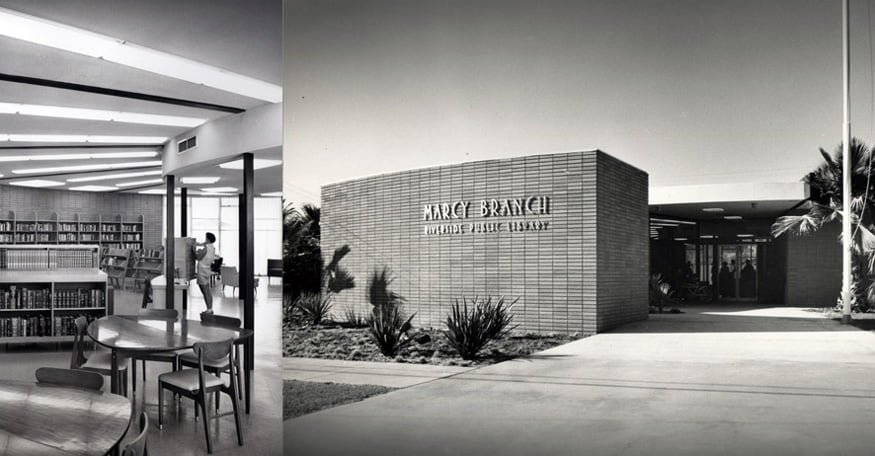
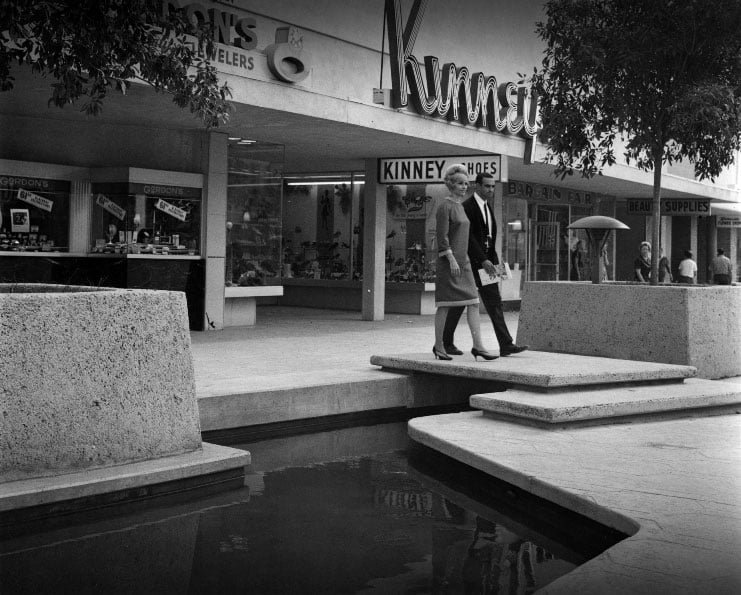
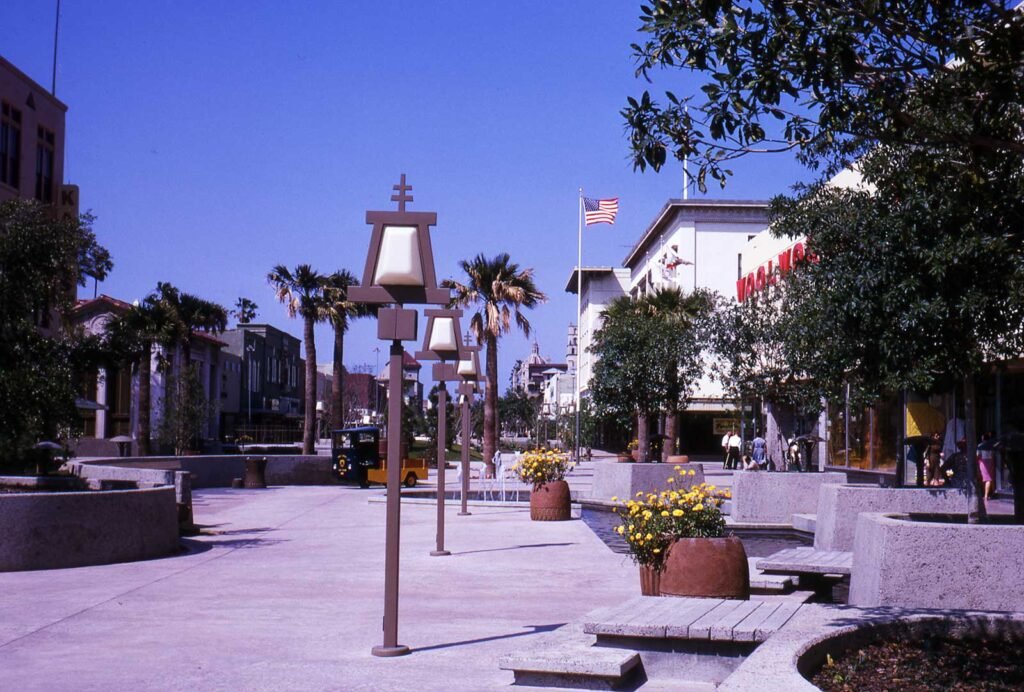


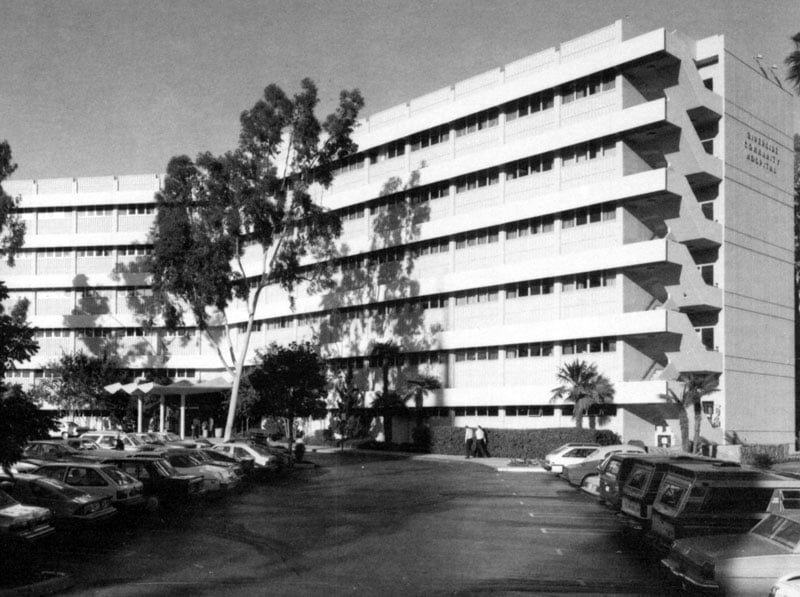
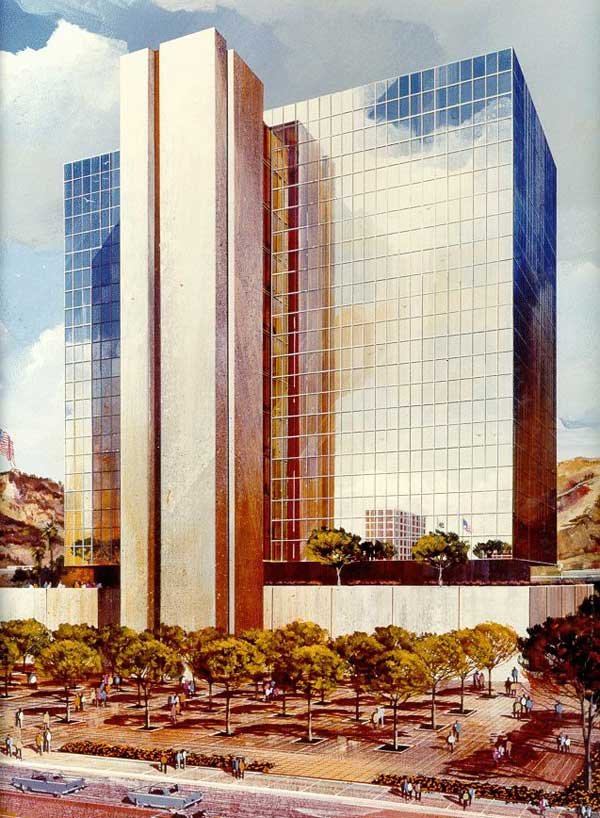
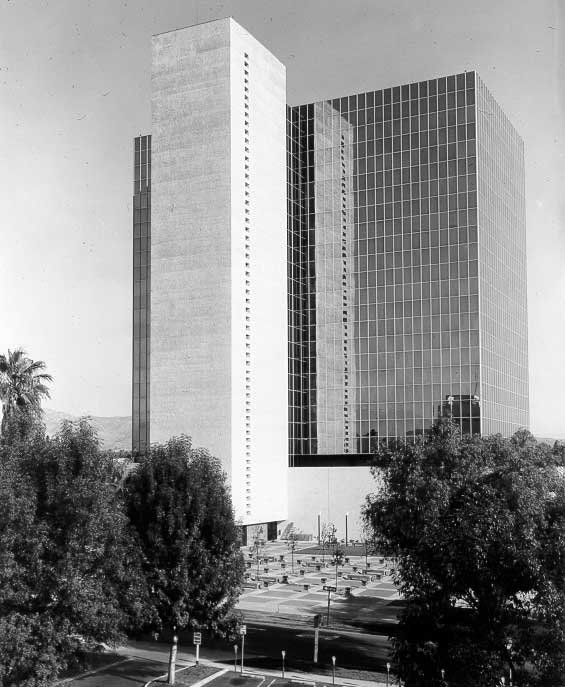
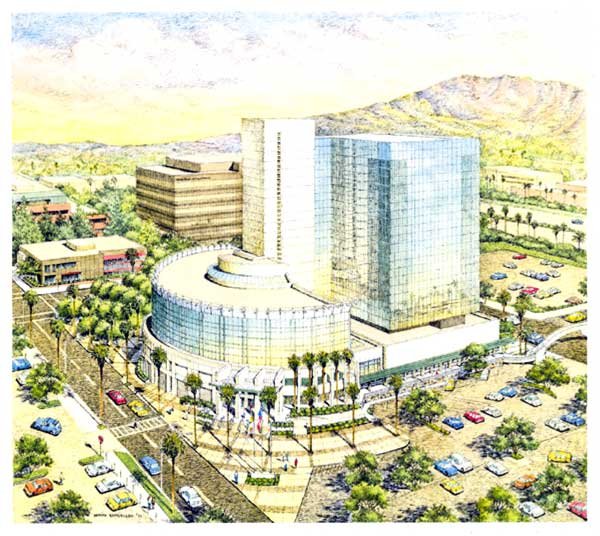
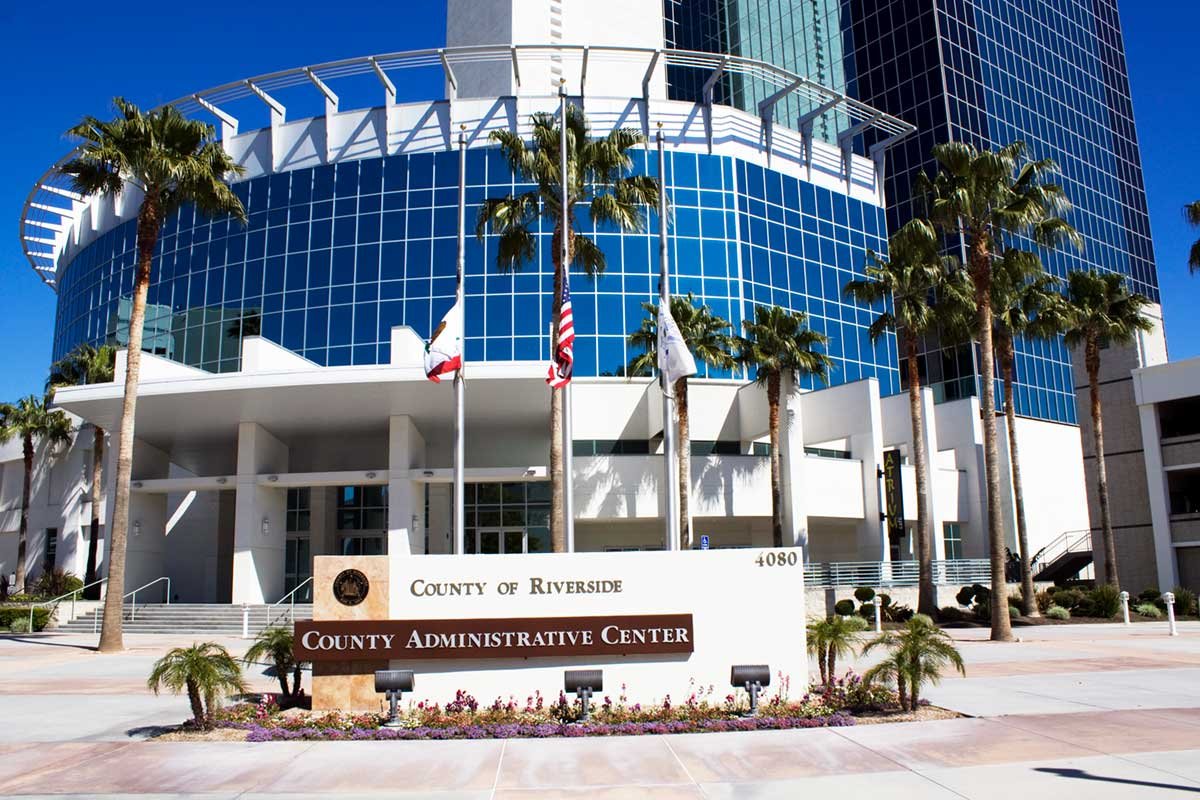
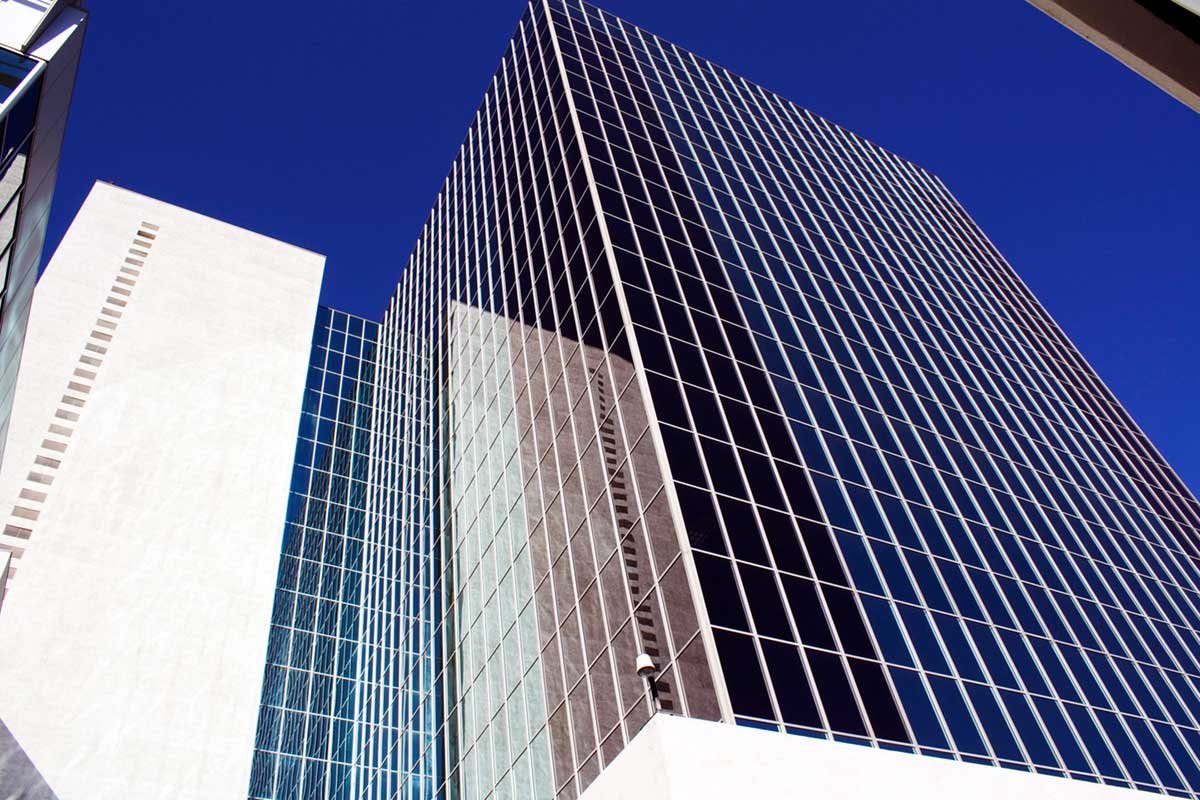
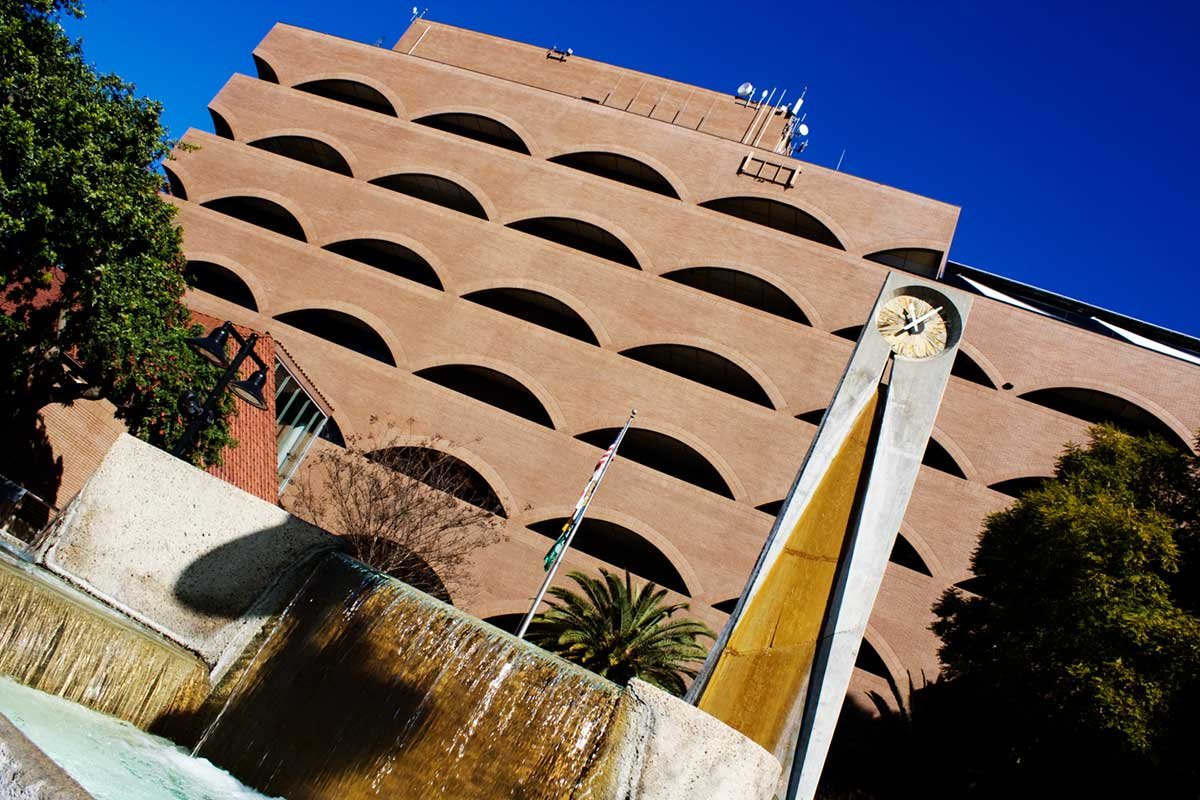
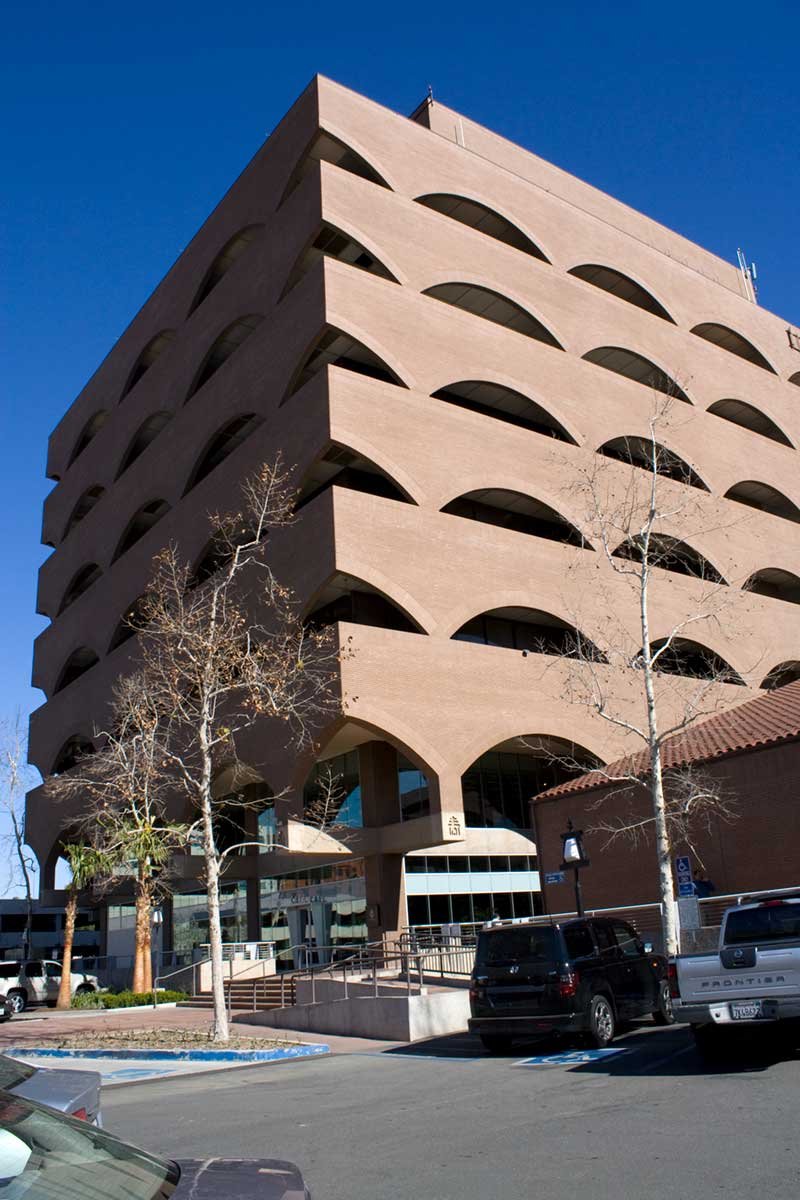
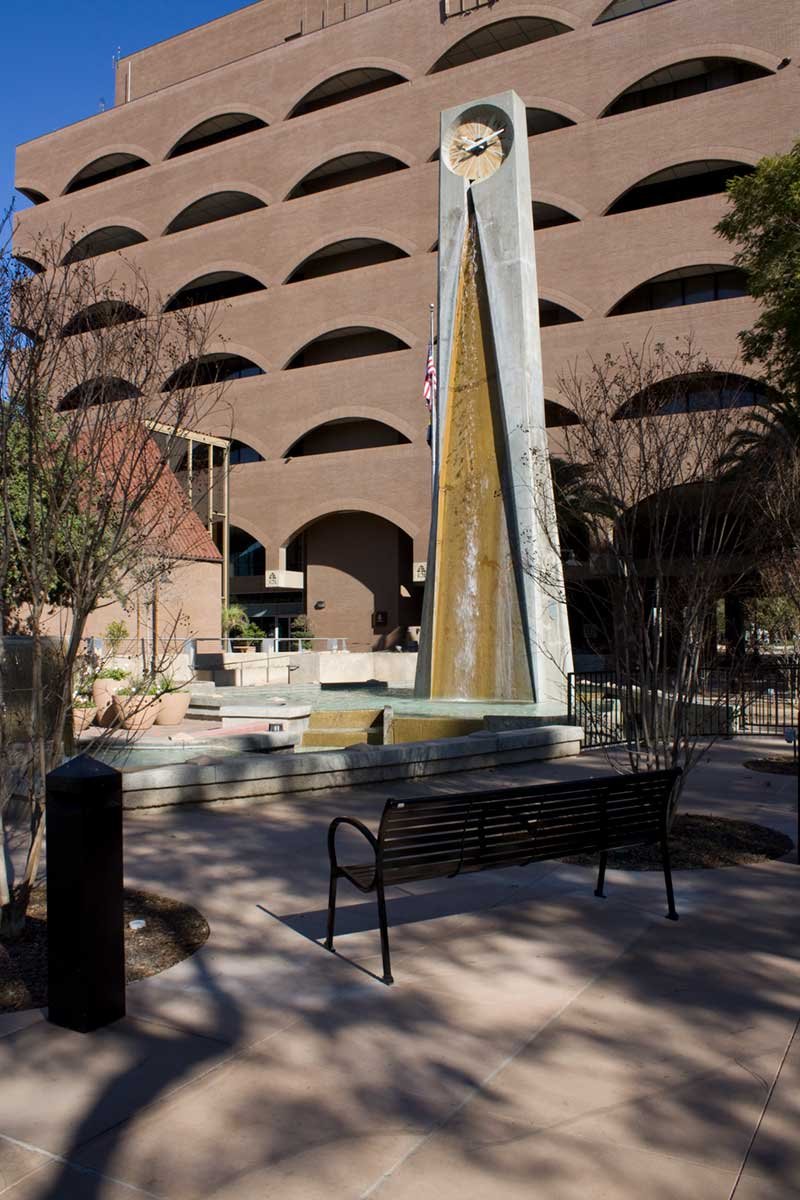
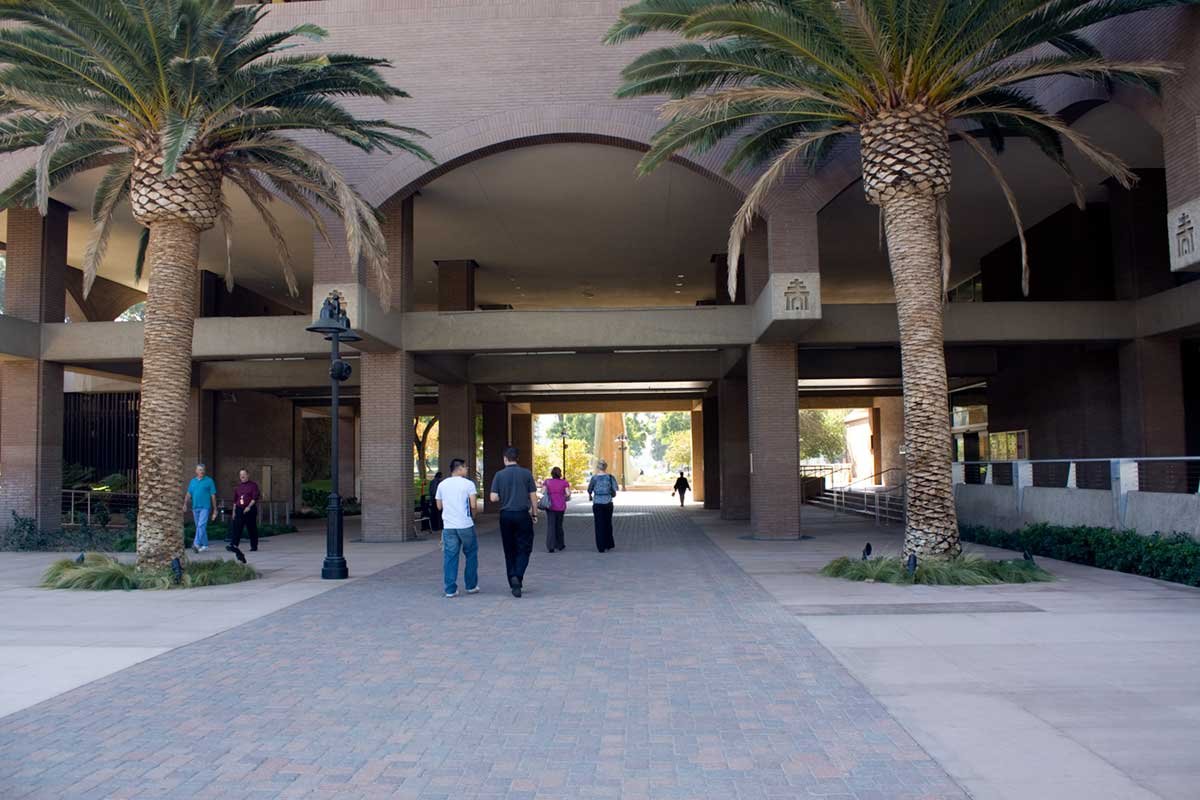
Sources: Riverside Press-Enterprise (RDP-19330804, RDP-19380223, RDP-19391018, RDP-19460401, RDP-19481026, RDP-19500906, PE-19720908, PE-19840401, PE-20020826, PE-20060613), Los Angeles Times (LAT-20060617), City of Riverside – Modernism Context Statement (November 2009), Ruhnau Clarke Architects, Riverside Public Library
2024 PAGE UPDATE: Added 2024 updates; added additional early biographical background and 1972 newspaper citation/insert; added additional/newer images; updated name and link to Ruhnau Clarke Architects; removed outdated links to newspaper article and photo gallery.

